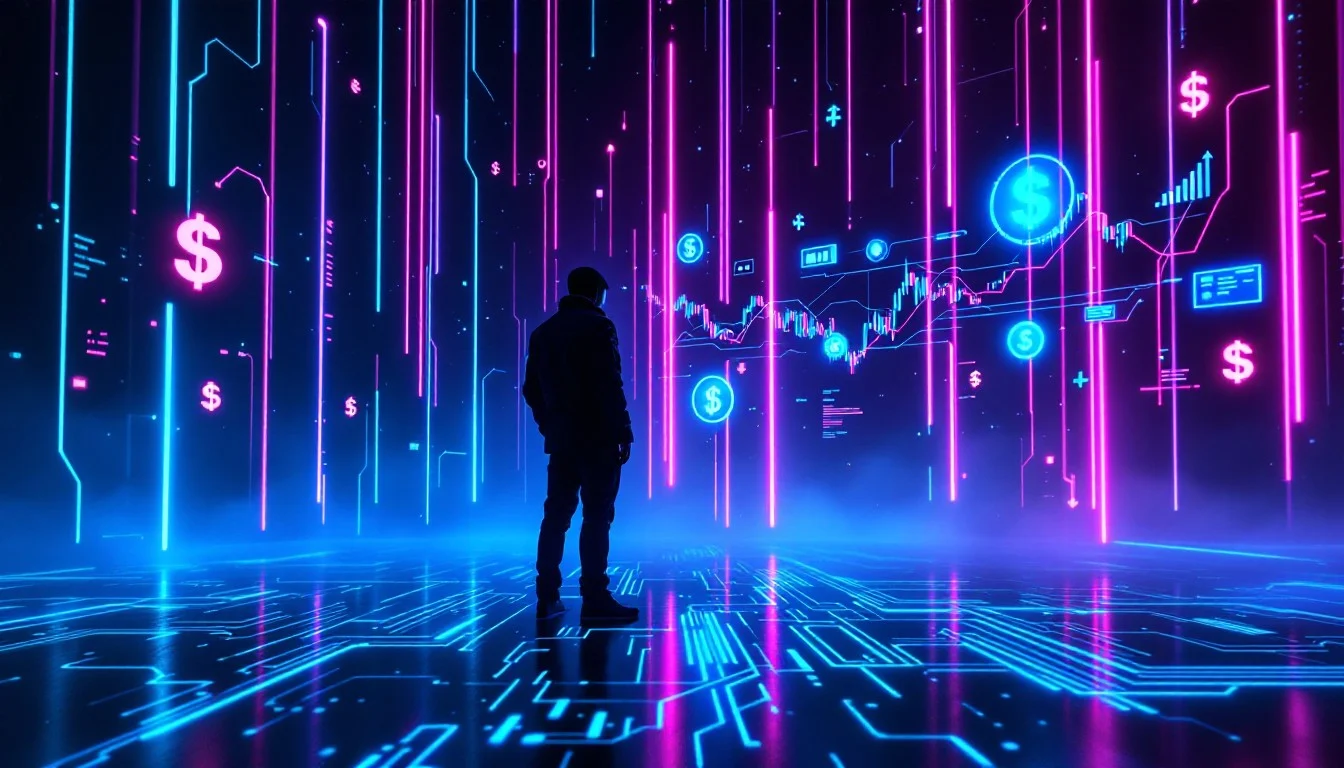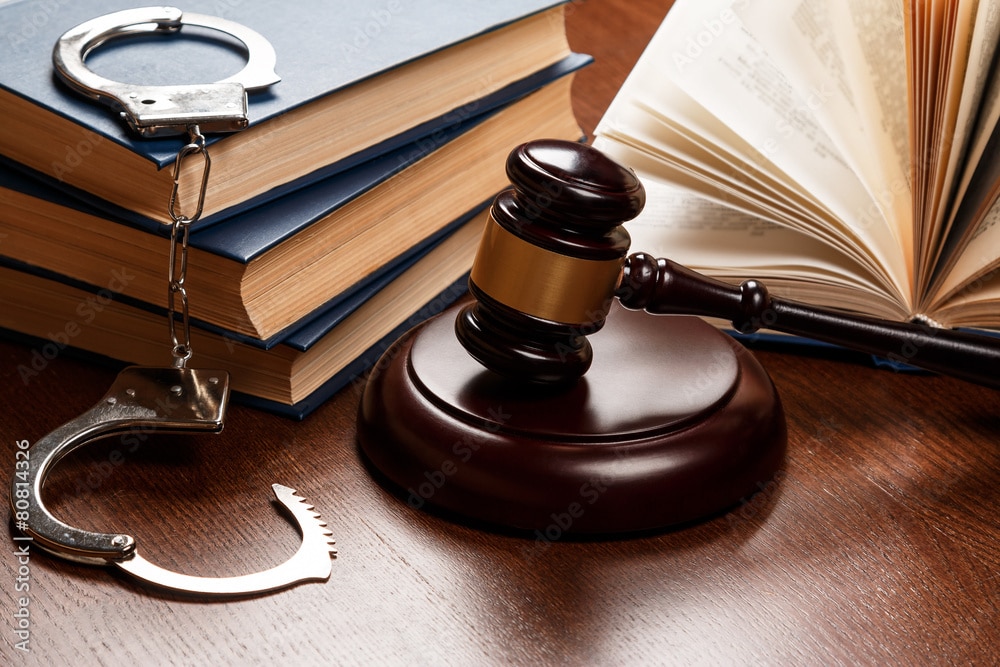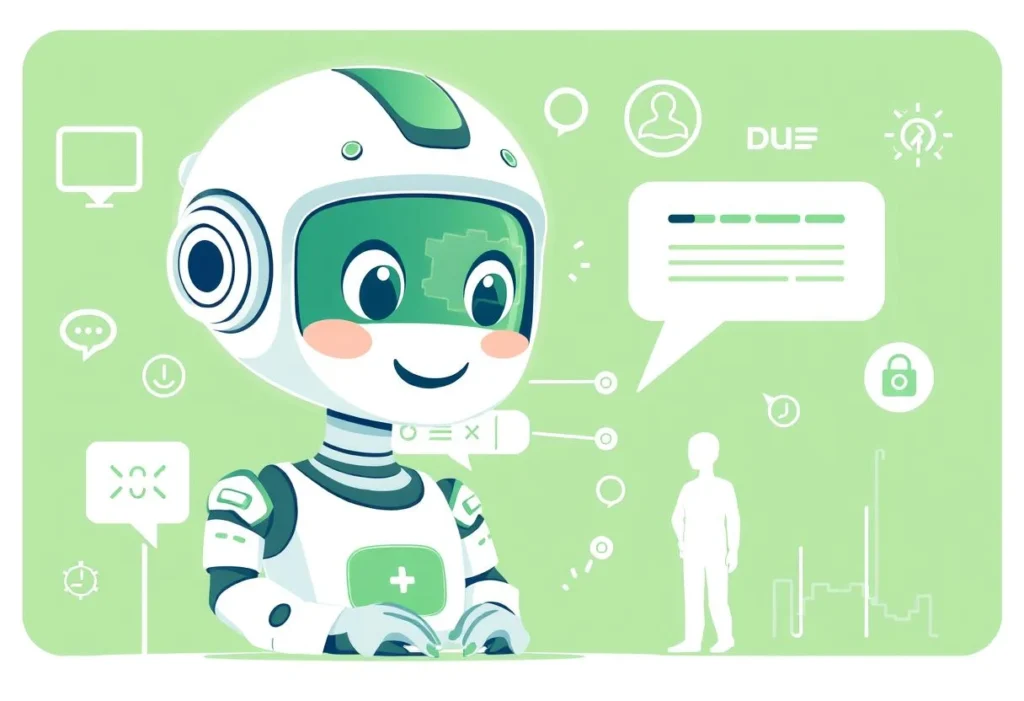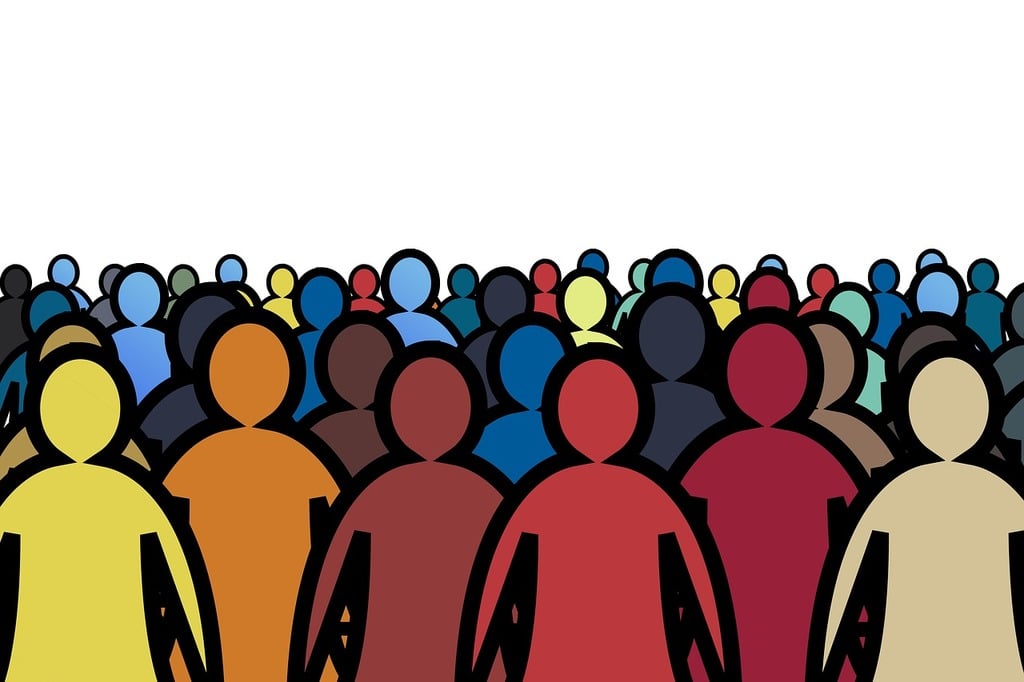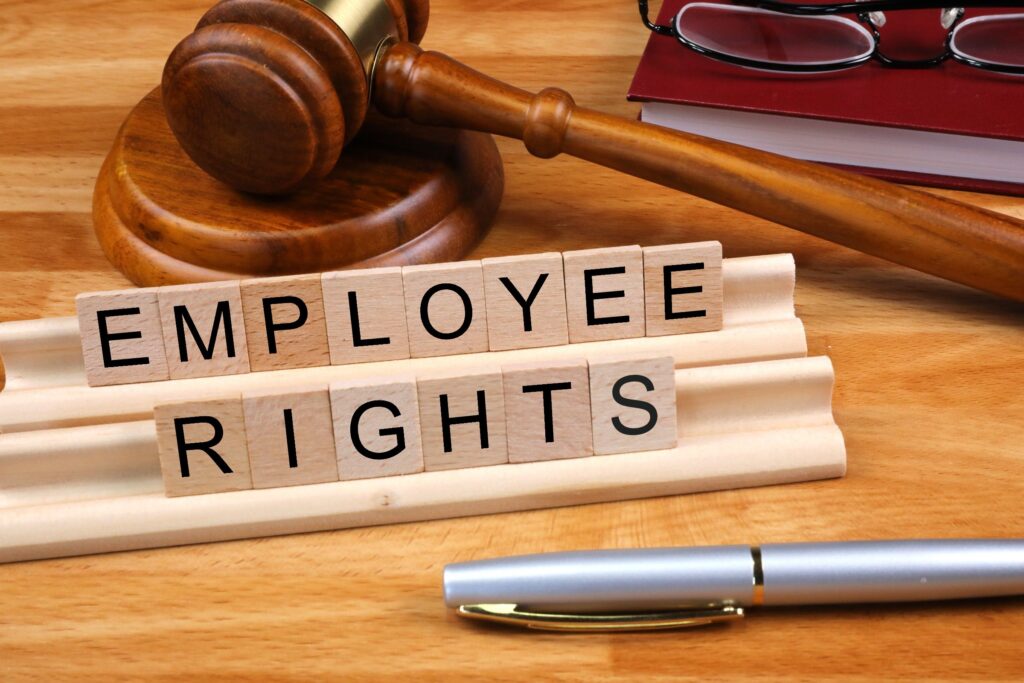The financial world is standing at the edge of a groundbreaking transformation. Real-world assets (RWA)—such as stocks, real estate, commodities, and even collectibles—are crossing over into the digital world through blockchain technology. This move, known as asset tokenization, is dissolving long-standing barriers between traditional finance (TradFi) and decentralized finance (DeFi).
From Wall Street to Silicon Valley, institutions and individuals alike are watching this trend with growing excitement. By bringing tangible assets onto the blockchain, RWA tokenization promises more than just innovation—it is unlocking access, transparency, and efficiency at a global scale. But what does all this actually mean, and why is it trending in conversations across finance, technology, and investment circles?
Let’s dive into why Real-World Assets on the blockchain are the bridge connecting the old guard of finance with the future of DeFi.
What Are Real-World Assets (RWA) in Blockchain?
Real-world assets are physical or traditional financial assets—think stocks, bonds, real estate properties, gold, art, or even invoices. Traditionally, these assets are difficult to trade outside their dedicated markets, and access is often limited to privileged investors or specific regions.
On the blockchain, however, these assets are “tokenized.” Tokenization is the process of converting ownership rights in a real-world asset into a digital token on a blockchain. Each token represents a share or unit of the asset—and can be stored, transferred, or traded like any other cryptocurrency.
Why Tokenize Real-World Assets?
Democratizing Access
One of the greatest advantages of RWA tokenization is its power to democratize finance. Traditionally, participating in real estate or investing in blue-chip stocks might require significant capital, good credit, or even personal connections. Blockchain-powered tokenization allows for fractional ownership—meaning even small investors can own a piece of a skyscraper in Manhattan or shares in the world’s most valuable companies.
Increasing Liquidity
Liquidity, or the ease of buying and selling assets, is often a headache for traditional assets like real estate and collectibles. RWA tokens are easily tradable on blockchain-based platforms and marketplaces. This makes property, luxury goods, or private equity shares more liquid than ever before.
Bringing Transparency and Security
Blockchain technology ensures transaction records are immutable, transparent, and visible to all network participants. This not only prevents fraud, but also streamlines processes like audits, appraisals, and regulatory compliance.
Lowering Costs and Friction
Conventional asset transfers often involve banks, escrow agencies, brokers, and lawyers—all driving up cost and slowing things down. Blockchain removes many of these intermediaries. Smart contracts automatically execute the terms of agreements, reducing time, complexity, and operational fees.
Real-World Examples of Tokenized Assets
Tokenized Stocks
Platforms like the Swiss digital exchange SDX and various emerging DeFi protocols are experimenting with tokenized stocks. Investors can gain exposure to blue-chip equities without directly accessing traditional stock exchanges. Already, tech giants and leading consumer brands have “blockchain equivalents” available on select platforms.
Tokenized Real Estate
The real estate sector is ripe for disruption. Companies now offer digital tokens representing shares in properties, from condos in New York City to office skyscrapers in London. Investors from anywhere in the world can purchase, trade, or hold tokens correlating to real property, with ownership rights or profit-shares distributed via smart contracts.
Commodities, Art, and More
It doesn’t stop with stocks and real estate. Precious metals, wines, rare art, classic cars, music royalties, and even sporting event tickets are being tokenized. This creates new investment products and liquidity for asset classes previously accessible only to a narrow audience.
How Do RWA Tokens Bridge TradFi and DeFi?
Interoperability Between Systems
Traditional finance operates within established regulatory and settlement frameworks, often relying on time-consuming manual processes. DeFi, by contrast, is permissionless, automated, and open 24/7 on the blockchain. Tokenized RWAs serve as a bridge, allowing real-world value to move swiftly and securely between these two domains, opening a world of hybrid financial products.
Yield Generation and New DeFi Innovations
When real-world assets enter DeFi protocols, they can be used as collateral for loans, staked for yield, or bundled in new, innovative products. DeFi platforms can offer mortgage-backed tokens, yield-bearing real estate tokens, and on-chain equivalents of bonds or treasuries. This fusion enables more stable, diversified DeFi strategies while bringing mainstream assets onto digital rails.
Addressing the Challenges
Regulatory Uncertainty
Regulation remains a significant hurdle. Different countries have different rules regarding asset ownership, transfer, and digital tokens. Projects must structure compliance and investor protections carefully—often partnering with licensed custodians or regulated institutions.
Asset Verification & Custody
The process of linking a digital token to a real-world asset typically involves trusted custodians or service providers. These entities hold the asset, verify its legitimacy, and ensure that each token is backed by the promised share of the real asset.
Technological and Security Concerns
Smart contracts and blockchain infrastructure must be robust and secure. There have been instances of bugs or exploits in DeFi systems, which is why rigorous audits and transparent operations are crucial for fostering trust.
The Future of RWA in Finance
The momentum behind RWA tokenization isn’t slowing down. In fact, experts predict trillions of dollars in value could be brought onto blockchains in the coming years as legal frameworks mature and the core technology becomes even more user-friendly.
This also sets the stage for entirely new forms of global capital markets—where a diverse pool of investors from different geographies can participate seamlessly in previously closed-off opportunities. Banks, fintech firms, and crypto projects are racing to build the rails connecting TradFi’s reliability with DeFi’s innovation.
How Can Investors and Institutions Get Started?
- Educate Yourself: Understand what asset tokenization is and which platforms or providers have strong reputations.
- Identify Opportunities: Look for RWA projects that offer transparency, compliance, and real utility—whether it’s tokenized securities, commercial real estate, or even government bonds.
- Start Small: Consider making your first investment with a manageable amount as you explore the landscape.
- Monitor Regulatory News: Stay tuned for changes in financial regulation, as local laws can impact access or returns on tokenized assets.
- Embrace Diversity: Use RWA tokens to balance traditional holdings with more innovative digital assets for a 21st-century, globally accessible portfolio.
Conclusion
Real-world assets on the blockchain are not just a buzzword—they’re the next great leap in finance. Tokenization is making it easier, faster, and cheaper to own, trade, and invest in everything from skyscrapers to stocks and fine art. By enabling fractional ownership and instant trading, RWA tokens are tearing down barriers, blending the best of TradFi and DeFi, and giving people true control over their financial futures.
The bridge has been built—and whether you’re an individual investor or a global institution, it’s time to explore this dynamic, democratizing landscape.
Ready to shape the future of finance? Start learning about real-world asset tokenization and discover how you can participate in the next wave of global investment innovation!
